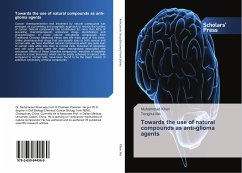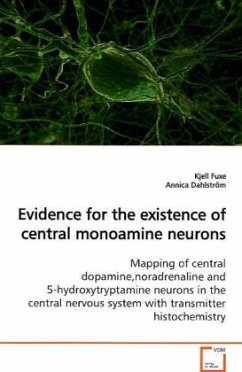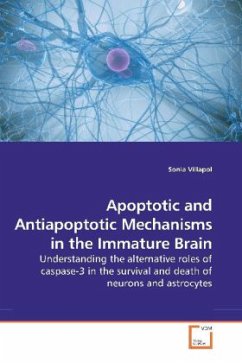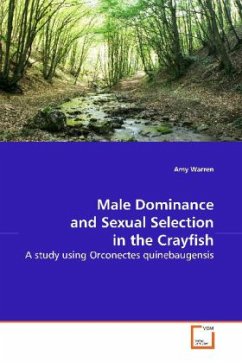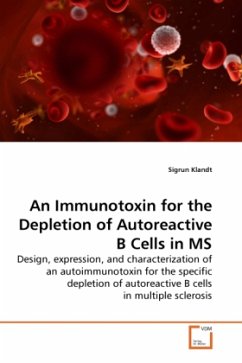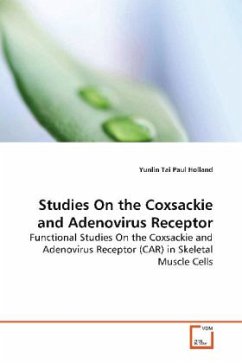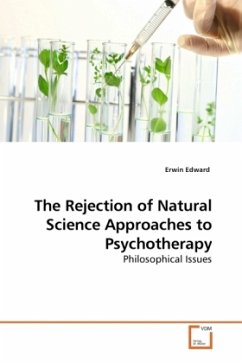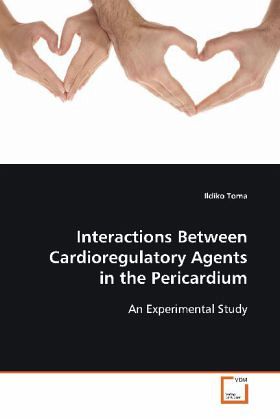
Interactions Between Cardioregulatory Agents in the Pericardium
An Experimental Study
Versandkostenfrei!
Versandfertig in 6-10 Tagen
32,99 €
inkl. MwSt.

PAYBACK Punkte
16 °P sammeln!
The general consensus on the physiological role of the pericardial fluid assigns it the function of providing continuous lubrication for the epicardium of the beating heart. In addition to those constituents which serve a hydration function, the pericardial fluid also contains a large number of active endogenous agents such as endothelin-1, adenine nucleosides, catecholamines, natriuretic peptides, and angiotensin II. More importantly, the concentrations of these regulatory factors are several magnitudes higher in the pericardial fluid than in the plasma, reflecting their derivation from the m...
The general consensus on the
physiological role of the pericardial fluid assigns
it the function of providing continuous lubrication
for the epicardium of the beating heart. In addition
to those constituents which serve a hydration
function, the pericardial fluid also contains a
large number of active endogenous agents such as
endothelin-1, adenine nucleosides, catecholamines,
natriuretic peptides, and angiotensin II. More
importantly, the
concentrations of these regulatory factors are
several magnitudes higher in the pericardial fluid
than in the plasma, reflecting their derivation from
the myocardial tissue and suggesting a teleological
role for the pericardial space as a functionally
distinct compartment with a potential function in
cardiac regulation. Our investigations of the
composition and dynamic changes of the pericardial
fluid provide a remarkable opportunity to study
these interactions within in vivo systems because of
two critical principles: these agents exert their
effects through the interstitial space and
pericardial fluid composition portrays the changes
in myocardial function.
physiological role of the pericardial fluid assigns
it the function of providing continuous lubrication
for the epicardium of the beating heart. In addition
to those constituents which serve a hydration
function, the pericardial fluid also contains a
large number of active endogenous agents such as
endothelin-1, adenine nucleosides, catecholamines,
natriuretic peptides, and angiotensin II. More
importantly, the
concentrations of these regulatory factors are
several magnitudes higher in the pericardial fluid
than in the plasma, reflecting their derivation from
the myocardial tissue and suggesting a teleological
role for the pericardial space as a functionally
distinct compartment with a potential function in
cardiac regulation. Our investigations of the
composition and dynamic changes of the pericardial
fluid provide a remarkable opportunity to study
these interactions within in vivo systems because of
two critical principles: these agents exert their
effects through the interstitial space and
pericardial fluid composition portrays the changes
in myocardial function.



